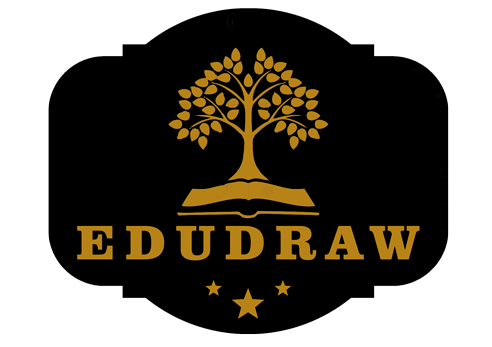Assessment is an integral component of the educational process, providing valuable insights into students’ understanding, progress, and areas for growth. In middle school, where students undergo significant cognitive and emotional development, employing diverse assessment methods is essential to support their learning journey effectively. Here, we delve into various assessment approaches tailored to middle school education, aiming to foster holistic development and ensure each student’s success.
1. Traditional Testing: Traditional testing, including quizzes, exams, and standardized assessments, remains a cornerstone of assessment in middle school. These assessments measure students’ knowledge and understanding of specific content areas, helping teachers gauge comprehension and identify areas for reinforcement. While traditional tests offer valuable insights, they should be complemented by other assessment methods to provide a comprehensive understanding of students’ abilities.
2. Performance-Based Assessments: Performance-based assessments focus on students’ application of knowledge and skills in real-world contexts. Projects, presentations, and portfolios are examples of performance-based assessments that allow students to demonstrate their understanding through creative and hands-on activities. These assessments promote critical thinking, problem-solving, and collaboration skills while providing a more authentic representation of students’ learning.
3. Formative Assessment: Formative assessment involves ongoing, informal assessments that provide feedback to both students and teachers throughout the learning process. Techniques such as exit tickets, think-pair-share activities, and classroom discussions allow teachers to monitor students’ progress, address misconceptions, and adjust instruction accordingly. Formative assessment encourages active engagement and reflection, empowering students to take ownership of their learning.
4. Self-Assessment and Peer Assessment: Self-assessment and peer assessment encourage metacognition and collaboration among students. Through self-assessment, students reflect on their strengths, weaknesses, and areas for improvement, fostering self-awareness and accountability. Peer assessment involves students providing feedback to their peers based on established criteria, promoting communication skills and peer learning. Both self-assessment and peer assessment cultivate a culture of continuous improvement and empower students to become active participants in their own learning journey.
5. Alternative Assessments: Alternative assessments offer non-traditional ways of evaluating students’ understanding and skills. These assessments may include projects, presentations, debates, simulations, or creative assignments tailored to students’ interests and abilities. Alternative assessments cater to diverse learning styles and provide opportunities for students to showcase their talents and creativity while demonstrating mastery of content.
6. Authentic Assessments: Authentic assessments mirror real-world tasks and challenges, allowing students to apply their learning in meaningful contexts. Real-world problem-solving tasks, simulations, and internships are examples of authentic assessments that bridge the gap between classroom learning and practical application. Authentic assessments foster transferable skills such as critical thinking, communication, and adaptability, preparing students for success beyond the classroom.
7. Technology-Enhanced Assessments: Technology offers innovative tools and platforms for assessment in middle school education. Online quizzes, interactive simulations, digital portfolios, and educational games provide engaging and adaptive assessment experiences tailored to students’ needs. Technology-enhanced assessments leverage multimedia and interactive features to assess students’ knowledge and skills while promoting digital literacy and 21st-century competencies.
In conclusion, middle school education benefits from a diverse range of assessment methods that cater to the developmental needs and learning styles of students. By incorporating traditional testing, performance-based assessments, formative assessment, self-assessment, peer assessment, alternative assessments, authentic assessments, and technology-enhanced assessments, educators can create a comprehensive assessment framework that supports students’ holistic development and fosters a culture of continuous improvement. As we embrace the rich tapestry of assessment methods available, let us prioritize student-centered approaches that empower learners to thrive academically, socially, and emotionally in the dynamic landscape of middle school education
